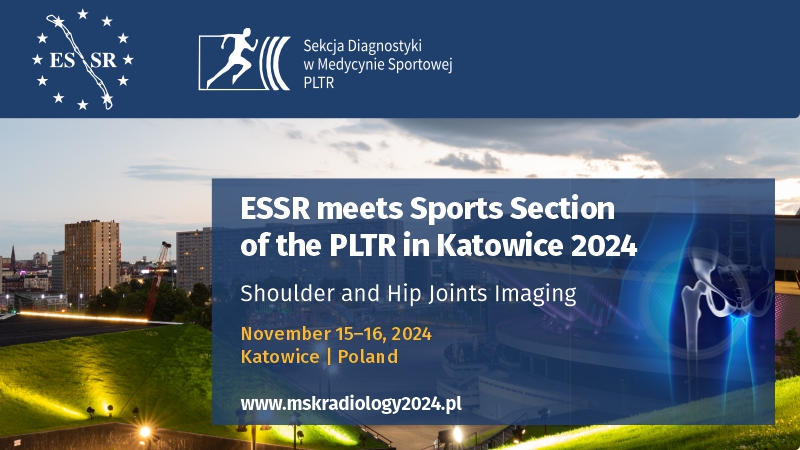Evaluation of the relationship between quantitative ultrasound findings and morbidly adherent placenta
Fatemeh Sadeghi Ardakani1, Fatemeh Tara2, Amir Mahmoud Ahmadzade3, Nafiseh Saghafi2, Farrokh Seilanian Toosi1, Farzaneh Khoroushi1, Maryam Emadzadeh4, Sara Mirzaeian2, Behzad Aminzadeh1
 Affiliation and address for correspondence
Affiliation and address for correspondenceAim: The accuracy of ultrasound findings in predicting the incidence of morbidly adherent placenta has been evaluated previously. In this study, we assessed the sensitivity and specificity of different quantitative findings of color Doppler and grayscale ultrasonography in predicting morbidly adherent placenta. Material and methods: In this prospective cohort study, all pregnant women over 20 weeks of gestational age with anterior placenta and a history of previous cesarean section were evaluated for inclusion. Various ultrasound findings were measured. The non-parametric receiver operating characteristic curves, the area under the curve, and the cut-off values were assessed. Results: A total of 120 patients were ultimately included for analysis, of whom 15 had morbidly adherent placenta. The two groups were significantly different regarding the number of vessels. Based on color Doppler ultrasonography, in predicting the morbidly adherent placenta, more than two intraplecental echolucent zones with color flow had 93% and 98% sensitivity and specificity, respectively. According to grayscale ultrasonography, more than thirteen intraplacental echolucent zones had the sensitivity and specificity of 86% and 80% in predicting morbidly adherent placenta, respectively. Echolucent zone >11 mm at non-fetal surface had a sensitivity of 93% and a specificity of 66% in detecting morbidly adherent placenta. Conclusions: According to the results, the quantitative findings of color Doppler ultrasound have considerable sensitivity and specificity in detecting morbidly adherent placenta. More than two echolucent zones with color flow are recommended as the main diagnostic parameter indicating the presence of morbidly adherent placenta with a sensitivity of 93% and a specificity of 98%.








